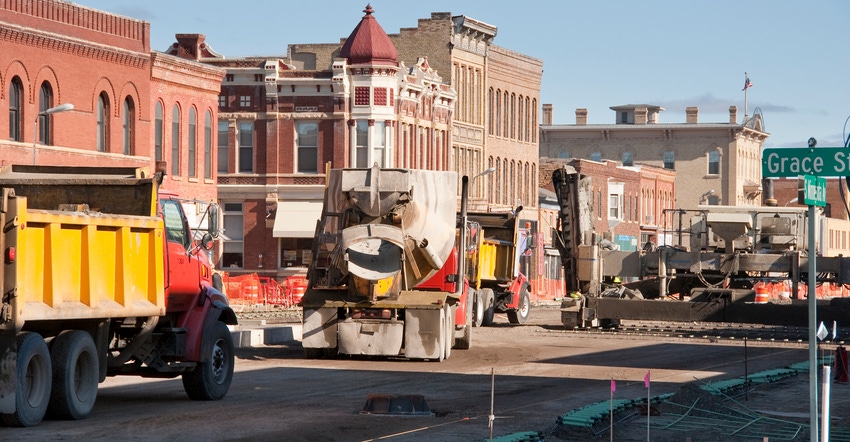August 13, 2021

Minnesota lost 21 dairy farms in July.
Beef producers are destocking herds because there is nowhere to graze, and water supplies have dried up.
We’ve heard it before: When a farm goes out of business, the ripple effect is felt throughout the community.
According to a University of Minnesota study last year, the average 200-cow dairy farm generates $1.6 million in economic activity annually and employs 11 workers.
A 2015 U-M study noted that the beef industry relies heavily on in-state businesses. Both cow-calf and feedlot operators reported purchasing more than 90% of their inputs in Minnesota. Both dairy and beef rely on trucking, hay and alfalfa production, grain elevators and farming cooperatives.
We were reminded of the tightness in the farm-to-fork supply chain early in the pandemic. Milk and meat on the hoof cannot wait a week or month to be processed. I feel like we are there again, only this time the drought is playing havoc with food production chain — beginning with its source.
Farmers share worries
During a Friday online meeting with several farmers, Gov. Tim Walz, ag commissioner Thom Petersen and several members of the press, we heard the stress and concern in farm voices:
“Farmers near me have been selling their [beef] herds off since June. This drought is worse than in 1988. The livestock industry in northwest Minnesota is getting decimated.”
“We’re working with our lender on RFA loans and we’re advised to come in for that once. We need to figure out what we need to get through to next September [2022], not just for the next three months.”
“Some produce farmers are working 16-hour days just to stay ahead and water their crops.”
“I’m really concerned about local businesses. We buy locally, but if farmers are getting out, there won’t be enough farmers to support them. I’m also concerned about our local co-op. It has a truckload of twine and wrap sitting in storage.”
Working to provide relief
State and ag leaders continue to search for ways to provide ways to help or relief. The federal government announced last week that Minnesota would be receiving $17 million through the Department of Homeland Security under the America Rescue Plan. The broad intent for its use falls under the guise of impacting climate change. Creative minds are examining possible angles to make the case to connect climate change to mitigating ag.
The Minnesota Farmers Union recently asked that the state provide rapid response grants to pay for hauling forage, installing livestock waterers, drilling wells and moving livestock to greener pastures. That’s a safe bet to happen. Last year, Minnesota provided more than 50 rapid response grants to meat processors and lockers when COVID-19 disrupted meat processing.
I deeply appreciate the efforts of our current state administrators and ag leaders who are making time to listen to farmers on a weekly basis and working hard behind the scenes to explore options for assistance and programming.
One Minnesota.
You May Also Like




